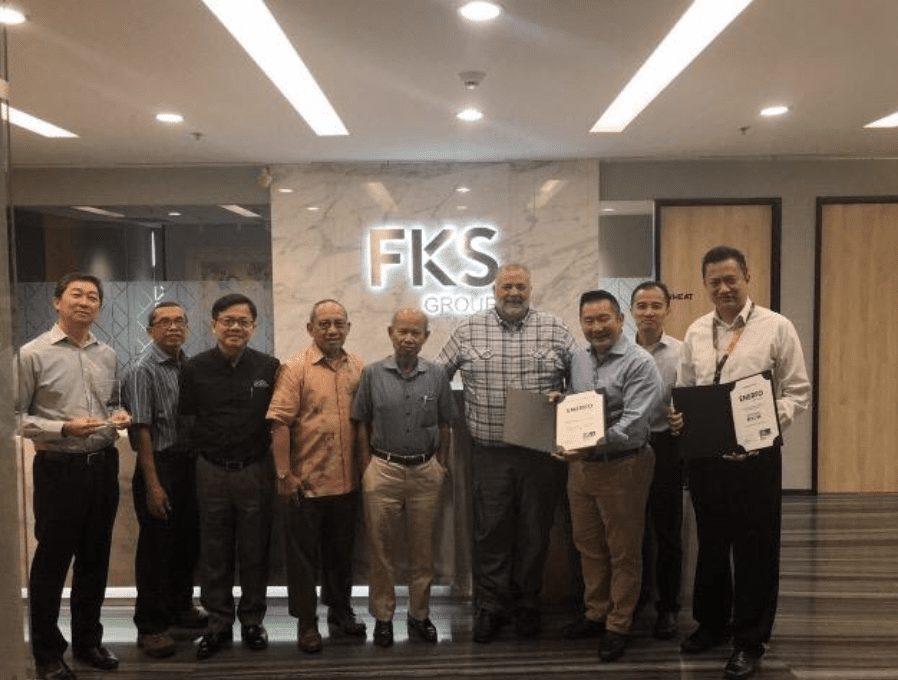U.S. farmers typically harvest most of their soybeans between September and November. Planting doesn’t begin until about April or May. But the winter months in between harvest and planting are still busy on U.S. farms. From wrapping up the last season to preparing for the next one, farmers are working hard to continuously improve their farms, soybean quality and sustainability.
Here are a few snapshots of the activities farmers focus on between harvest and planting. Want to see more? These farmers share their work year-round on social media. Follow them to “visit” their farms any time.
Belinda Burrier: Data Evaluation
Belinda Burrier, a director for the United Soybean Board, farms in Maryland, in the eastern part of the country.
“We’re lucky to get all our winter work finished before planting in the spring,” she says. “One of our most important jobs is to analyze all the data we collected throughout the last growing season. All of our crop decisions for the next year depend on this data.”
Data collected from computers in their equipment captures information from planting through harvest. They compare how different varieties of soybeans performed in different soil types and different areas of their fields.
“We have a test plot we watch throughout the growing season,” she explains. “After harvesting it, we analyze all that data so we can select the best-performing, highest-quality varieties for our customers during the next season. We look at soybean quality, yield and how they use fertilizer efficiently to identify what we will plant next year.”
When not poring over data on the computer, the Burriers pore over every piece of their machinery to clean it and fix any problems during the winter. That ensures all the equipment will be ready to work next spring.

Jamie Beyer: Keeping – and Using – Records
Jamie Beyer farms in Minnesota, in the northern U.S. Midwest, and she serves as a director for the Minnesota Soybean Growers Association. She also works for a regional watershed district.
“During the winter, we focus on compiling our records for participation in the Conservation Stewardship Program, a government program for sustainability,” she says. “Each year, we have a 5-inch (nearly 13-centimeter) binder that documents all our tillage practices, cover crops, equipment and more.”
Jamie says they maintain these records for program audits and to understand how conservation efforts impact each field.
“We have records since the late 1990s,” she explains. “As new technology becomes available and new management practices are evaluated, we have information to figure out what innovations may help us maximize yield and quality, while improving our sustainability.”
Those records also help plan for the coming year, including crop rotations, variety selection and management strategies.
With her watershed district work, Jamie constantly focuses on water quality and quantity. She farms in the Red River Valley, a region prone to flooding. “I work with other farmers to prepare us all to better handle potential floods and other water quality issues.”

Quint Pottinger: Education and Grain Storage
Quint Pottinger farms in Kentucky, in the heart of the U.S. bourbon industry, and he serves as a director for the Kentucky Soybean Association.
Throughout the winter, Quint attends local, regional and national meetings to better understand new products and management practices to improve sustainability.
“Farm meeting season can be busier than planting and harvest,” he says. “Continuing education is important to help us constantly improve. We learn about seed and crop protection products, ways to use data, management practices and more. And we decide what innovations we want to try on our farm.”
With that new information and past experience, he also considers this time planning season. He builds his business plan, develops crop rotation plans, finalizes seed and input plans, and more.
He stores all the grain he produces on his farm. Throughout the off-season, Quint manages stored soybeans and corn. “We move and clean grain to safely maintain high quality,” he explains. “Depending on the temperature and moisture inside and outside our grain bins, we keep grain flowing to preserve its quality.”

Bret Davis: Crop Marketing and Delivery
Bret Davis, a soybean farmer from Ohio in the U.S. Midwest, serves as secretary of the American Soybean Association.
“Marketing is our big focus in the winter,” he says. “We deliver crops we’ve sold December through June. Many of our soybeans go to container shipping ports. We focus on supplying what our customers demand, especially quality amino acid profiles, so they get what they need.”
He also markets future crops. Bret monitors current and future prices carefully throughout the winter, and usually contracts 35 to 40 percent of his expected crop for 2 years in the future, and another 20 percent of his expected crop 3 years ahead of time.
“This helps us supply what customers need not just today, but in the future, to provide a consistent, reliable, high-quality supply,” he says. “That future focus carries into planning our inputs like fertilizer and updating technology needed for the coming year.”
During the winter, Bret also visits customers to learn from them and share what U.S. farmers do. “This December I participated in a trip to Ecuador to discuss oils, including high oleic soybean oil, with customers.”
